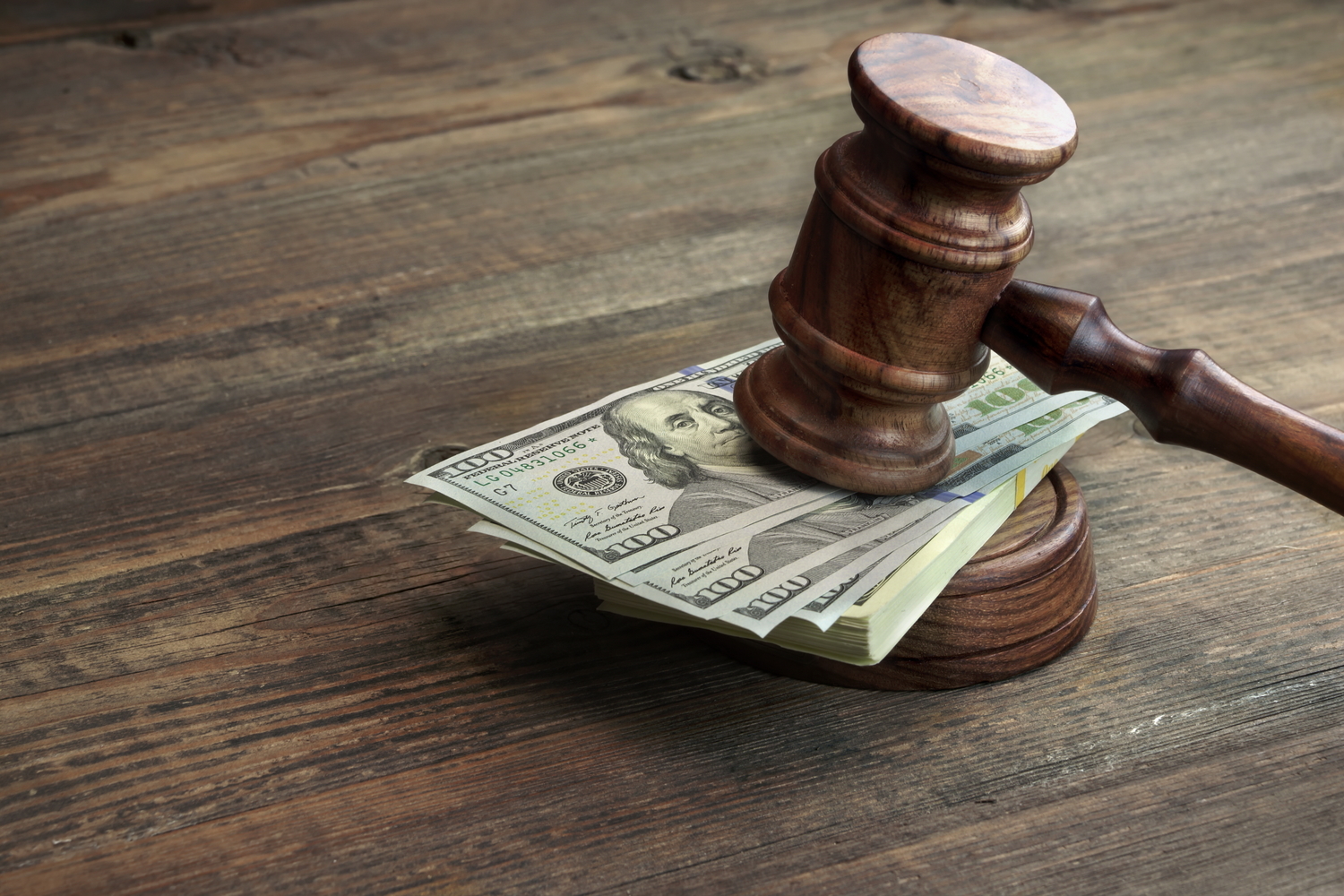Understanding the Process of Applying for Chapter 7 Bankruptcy
Chapter 7 bankruptcy is a legal process that allows asset liquidation to repay creditors if an entity is unable to do so due to a lack of funds. It involves the appointment of a bankruptcy trustee who oversees the process. To apply for bankruptcy, you must first file the necessary forms, after which the trustee reviews your assets.

What is Chapter 7 bankruptcy?
As mentioned above, Chapter 7 regulates the assets liquidation procedure if a person or entity cannot pay off its debts. An officially assigned bankruptcy trustee helps with the process by reviewing your assets to decide how to liquidate them.
The trustee first pays off the unsecured priority dues, including personal injury claims, child support, and tax debts. This is followed by secured dues and nonpriority unsecured dues. Once the proceeds from asset liquidation are exhausted, your remaining dues are discharged. However, you cannot file for Chapter 7 bankruptcy if you have already applied for one within the previous eight years. In addition, you have to clear a means test to be eligible for filing bankruptcy.
What are the Chapter 7 bankruptcy costs?
The Chapter 7 bankruptcy cost includes different fees. The cost of filing a Chapter 7 bankruptcy petition to a court amounts to $338, which is fixed. This charge consists of a trustee surcharge of $15, an administrative fee of $78, and the Chapter 7 filing fee of $245. There is also a Chapter 7 reopening fee of $260 that you must pay in case of filing for a reopening of bankruptcy.
The Chapter 7 bankruptcy cost also includes other expenses that are not fixed. For example, this cost includes the payment for your attorney. The amount depends on your case complexity, your location, attorney, and other factors. While the Chapter 7 filing fee and other fixed fees are comparatively low, hiring an attorney can cost you thousands of dollars.
The Chapter 7 bankruptcy procedure involves the following steps.
Filling forms and counseling
You must opt for credit counseling within the next six months after filing for Chapter 7 bankruptcy. The procedure will begin after you complete the counseling. However, the court might waive off credit counseling if your district does not have an approved credit counseling agency. The court can allow other exceptions also if your circumstances allow it.
Next, you have to start filling out the required forms to start the proceedings officially. This step primarily involves filing a petition to the court as a request to initiate the Chapter 7 bankruptcy process. You have to provide information regarding your income, expenses, assets, creditors, and personal finances. After you file for bankruptcy, an automatic stay order is generated that stops any income garnishments and prevents lenders from claiming the payment of your dues.
Trustee appointment
After the court issues the stay order, it appoints a trustee to oversee the procedure. This trustee is always an unbiased participant responsible for reviewing your assets and then determining which of them they can liquidate to repay the lenders. The trustee also arranges a meeting with the lenders where they can question you and the trustee to understand the situation clearly. The trustee validates your Chapter 7 bankruptcy petition through this process and confirms your finances.
Debt repayment
Even though the trustee pays off the creditors by liquidating your properties, you still get to maintain a basic living standard. That means you will still have one property where you can live. In most cases, this property will be your primary home, along with your car and some personal possessions. However, the trustee will seize any other house you may have and other assets. They will liquidate such properties and possessions for debt repayment.
Debt discharge
Once the liquidation process is completed, the trustee ensures that your debts are paid in a particular order, as mentioned previously. After that, the law releases you from any obligation of repaying your remaining dues. This process is known as debt discharge. After you file for bankruptcy and trustees complete their duties, they decide which of your debts are discharged. It ensures that your creditors cannot seek payment in the future from you for any discharged dues. However, the Chapter 7 bankruptcy law is strict about which debts cannot be discharged: student loans, income taxes, specific government debts, child support, and alimony.
Consequences of bankruptcy
Filing for a Chapter 7 bankruptcy might seem like the only option when you cannot repay your debts. However, it has some negative consequences that might not work in your favor. Firstly, a bankruptcy significantly affects your credit score as it appears on the report for ten years. So, it becomes almost impossible to get a new loan. Secondly, if you misplace your bankruptcy documents, the creditors might try to recover their dues even after debt discharge.
Therefore, it is vital that you consider the Chapter 7 bankruptcy cost and its consequences thoroughly before filing. Resort to this as your last option, or you might end up facing more challenges than solutions.











